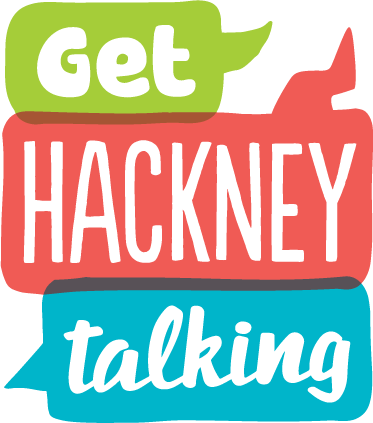‘Phonological awareness’ is the awareness that a language is composed of sounds that are combined to form words. It requires an understanding that sentences are made up of words, words are made up of syllables and syllables are made up of individual sounds. A child must develop their phonological awareness skills before learning about letters and how to read and write.
Phonological awareness can be taught to a child and this will have a significant impact upon their ability to read and write. This leaflet describes a number of activities to support your child’s phonological awareness skills.
The development stages of phonological awareness
Children tend to develop phonological awareness in stages. Before being ready for stage 1, they need sufficient attention and listening skills.
- Stage 1
Awareness of the rhythms, patterns and intonation (pitch variation) in speech
- Stage 2
Awareness of the syllables in a word
- Stage 3
Awareness of the ‘onset’ and ‘rime’ within a syllable, including an awareness of rhyming words. ‘Onset’ refers to the first sound (e.g. ‘c’ in ‘cat’). ‘Rime’ refers to the rest of the syllable, i.e. the part of a word that makes it rhyme with another word (e.g. ‘at’ in ‘cat’, ‘bat, ‘mat’, ‘hat’)
- Stage 4
Awareness of the individual sounds within a word
Activities to help your child with phonological awareness
- Stage 1: Rhythms
– Singing along to nursery rhymes, action songs, etc.
– Clapping/dancing/moving to music
– Making up personalised rhymes together about people, everyday activities, etc. (e.g. “Up to bed, sleepy-head!”) - Stage 2: Syllables
– Clapping syllables in words (e.g. ‘e-le-phant’) and phrases (e.g. ‘di-nner-time’)
– Playing with ‘compound words’ (e.g. football, snowman, ice-cream) (e.g. splitting them into two words such as snowman = snow + man) - Stage 3: Onset and RimeOnset
– Identifying the first sound in a word (e.g. ‘s’ in ‘sock’)
– Thinking of lots of words starting with the same sound (e.g. ‘sun’, ‘sock’, ‘sea’)
– Sorting words by their first sound
– ‘I spy with my little eye something beginning with …’
– Blending onset and rime (e.g. child hears ‘b …. us’ and says ‘bus’)Rhyme
– Complete-a-Rhyme e.g. Fill in missing words in familiar nursery rhymes / songs e.g. “Humpty Dumpty sat on the…”
– Child hears a sentence with a strong rhythm and supplies the last rhyming word (e.g. “dutter, mutter, rutter, gutter, shall we have some bread and …. (butter))
– Identifying odd-one-out from a set of rhyming words (e.g. “dog, jog, bus, log, fog. Which one is the odd one out?”)
– Give-Me-a-Rhyme: Child is given a word and thinks of a rhyming word. These do not have to be real words (e.g. child hears ‘man van can wan’ and says ‘han’ or ‘Dan’)
– ‘I hear with my little ear something that rhymes with …’ (e.g. welly). Child thinks of a rhyming word for ‘welly, or spots that thing in the room that rhymes with ‘welly’, e.g. telly.
– Rhyme judgement (slightly harder): saying whether pairs of words rhyme (sound the same at the end) or not (e.g. ‘box’ ‘fox’; ‘box’ ‘socks’; ‘box’ ‘house’). It doesn’t matter if the words are spelt differently as long as they rhyme.
– Rhyme sorting (slightly harder): sorting out words into groups that rhyme - Stage 4
– Hears individual sounds and puts them together to make a word (e.g. hears ‘p … e … n’ and says ‘pen’)
– Hears whole word and splits into sounds (e.g. hears ‘pen’ and says ‘p …. e … n’)
– Identifies the first, middle or last sound in a word


